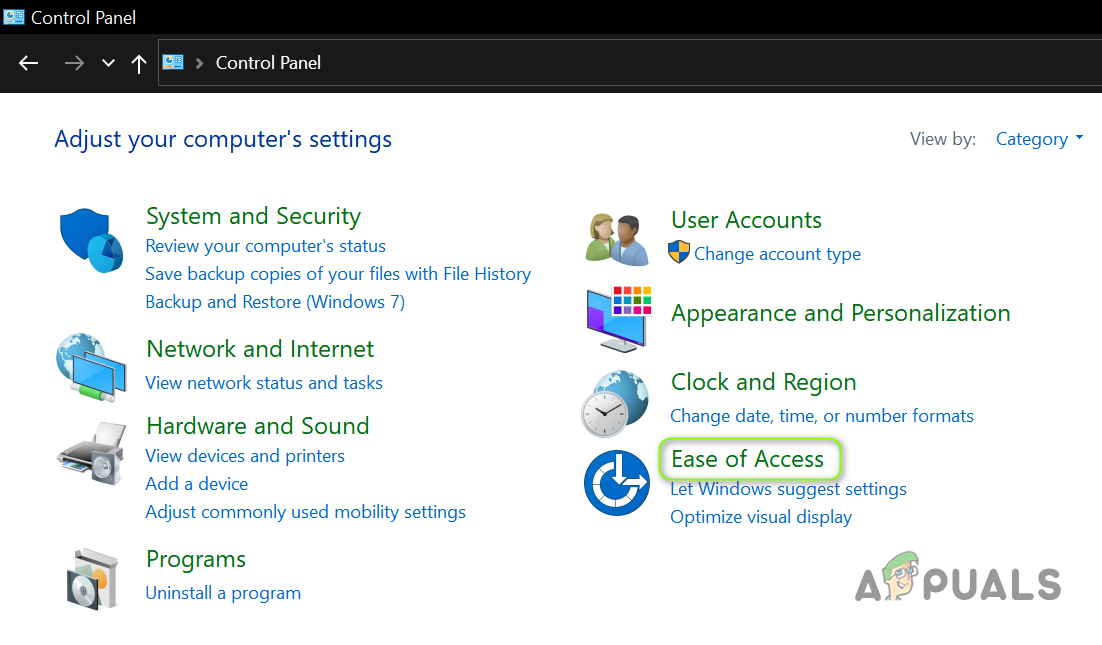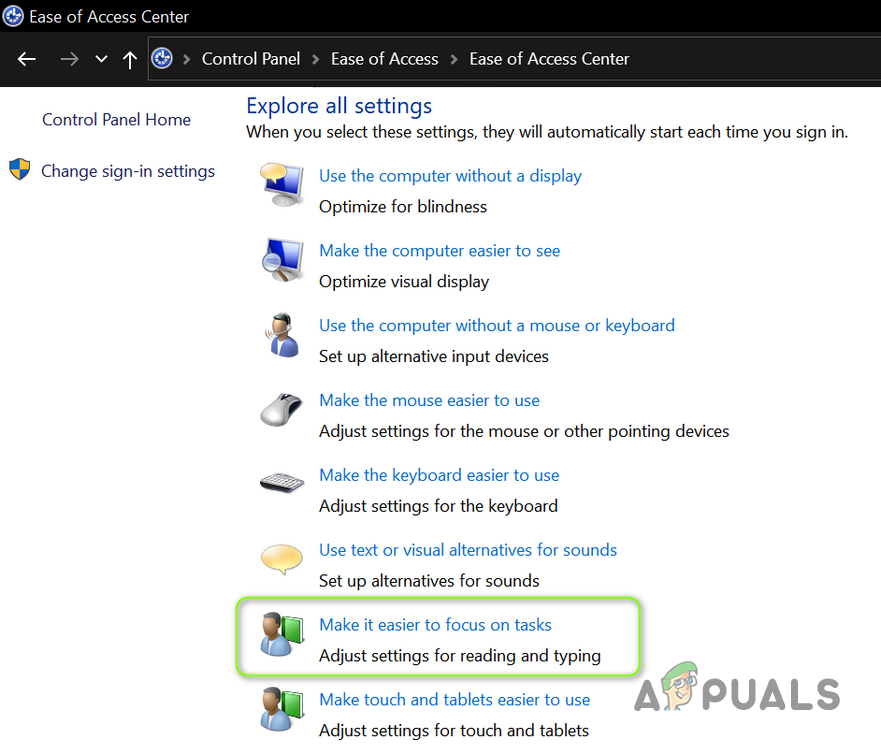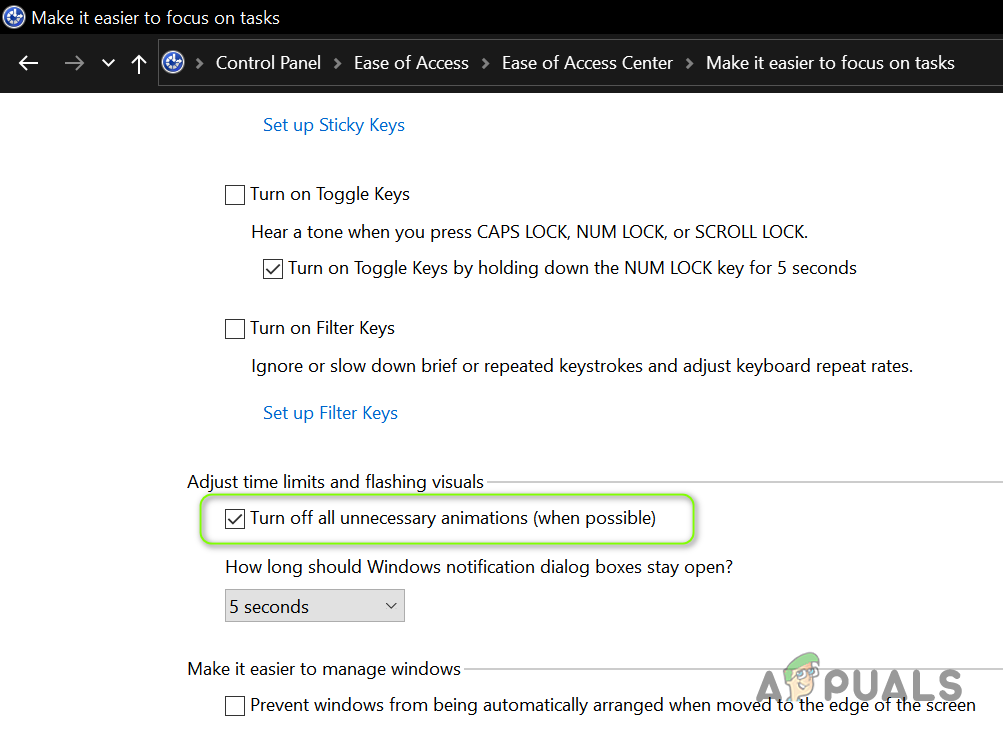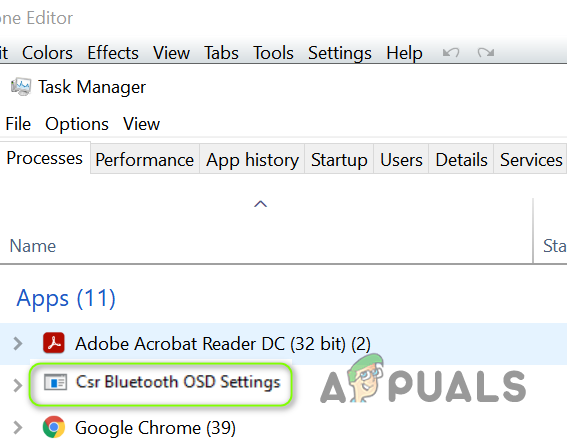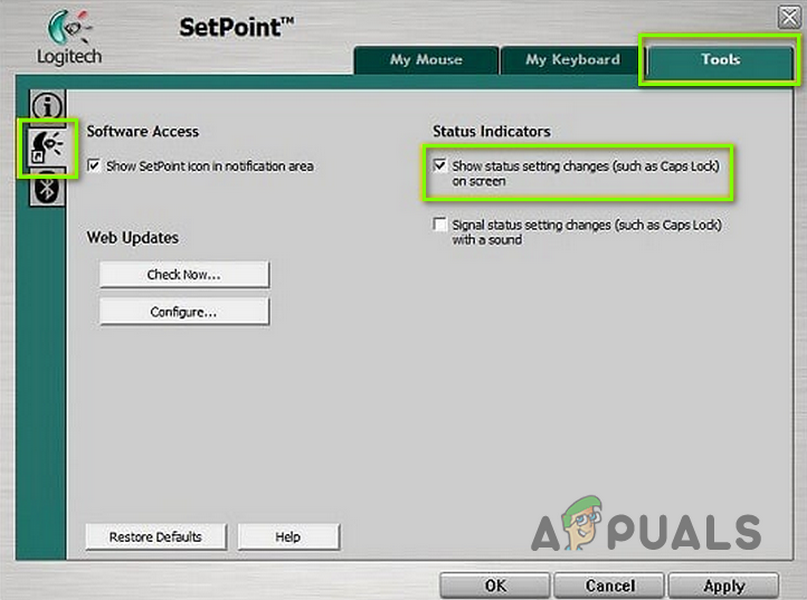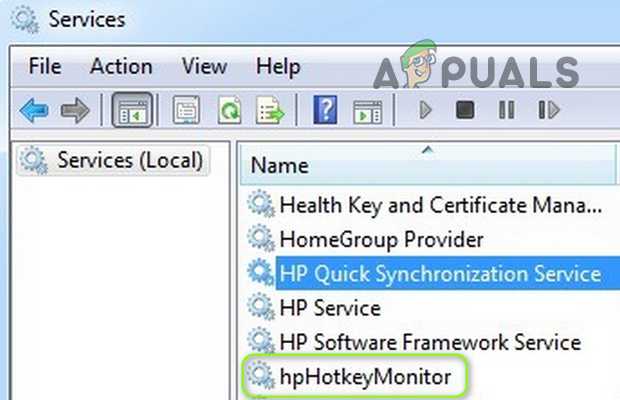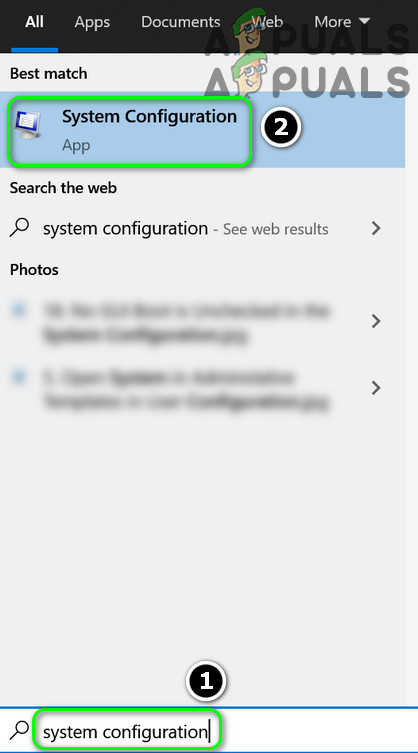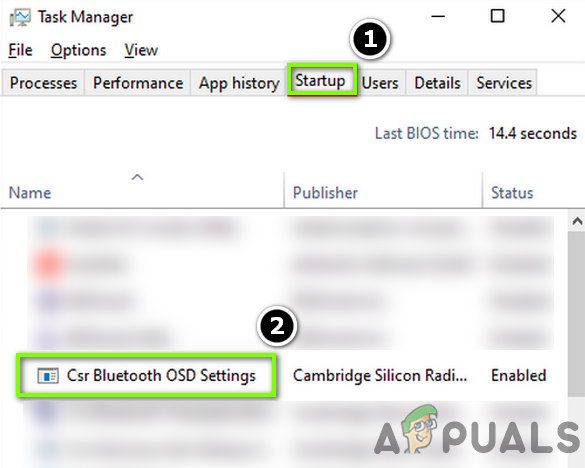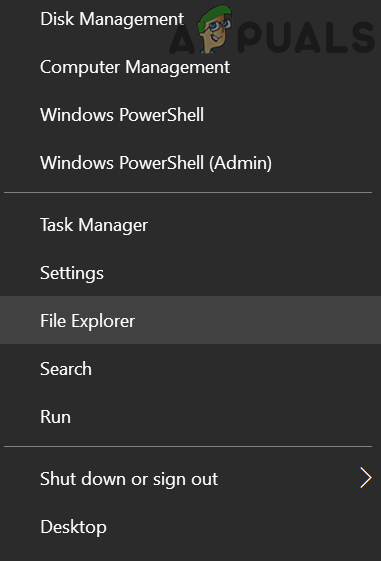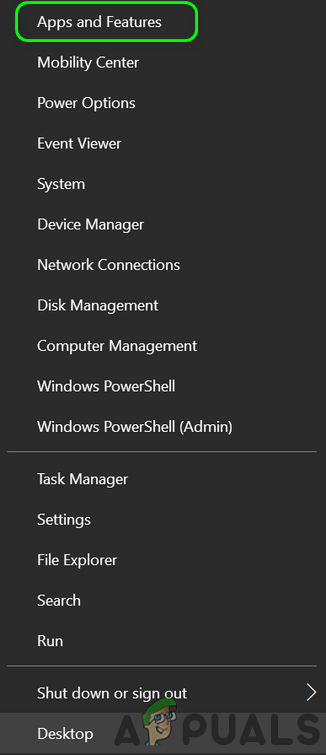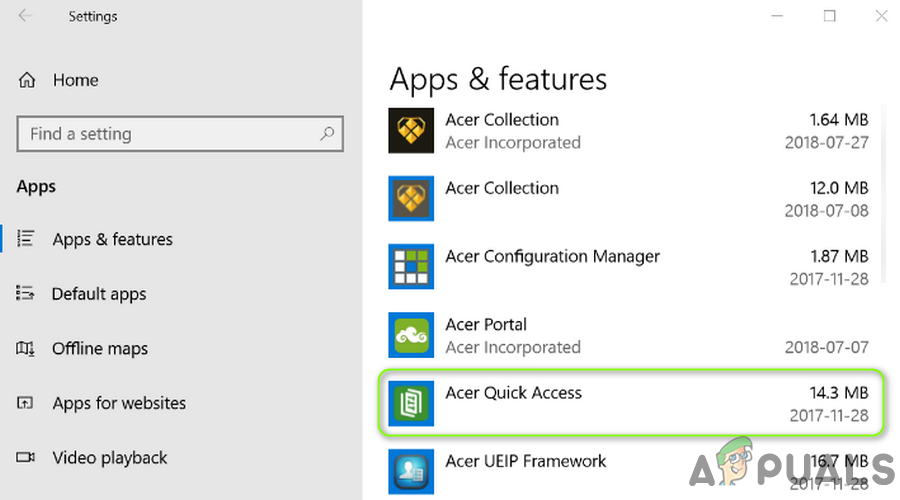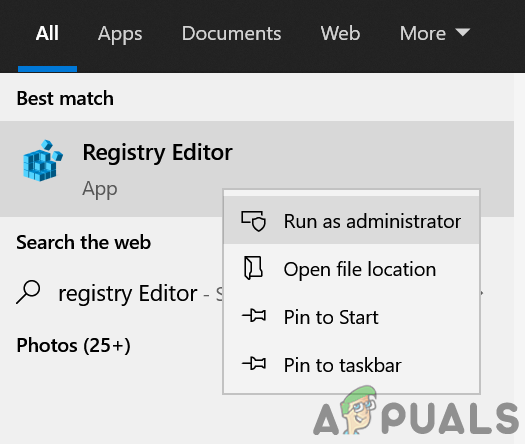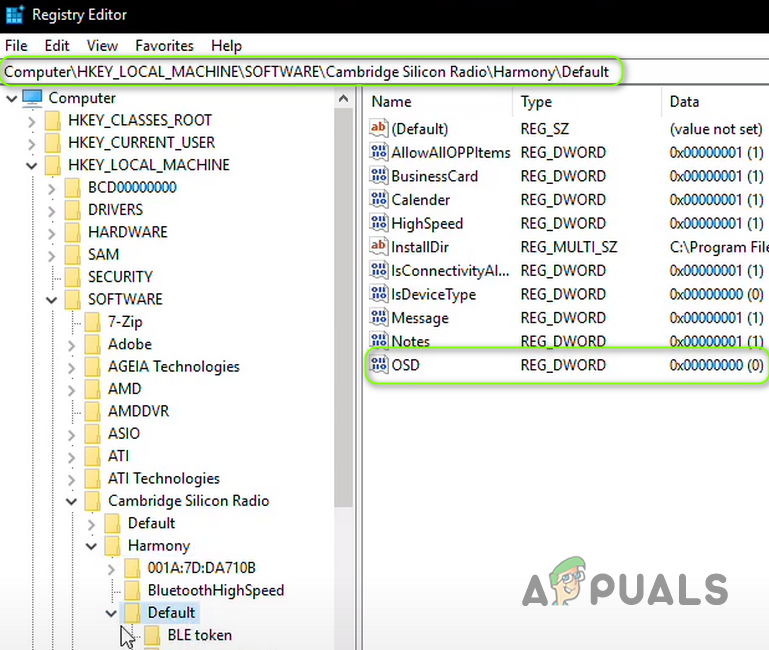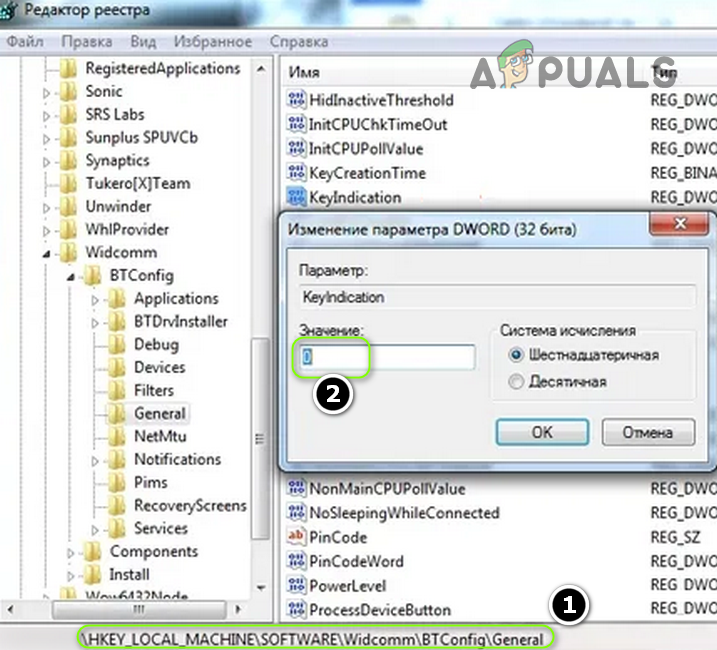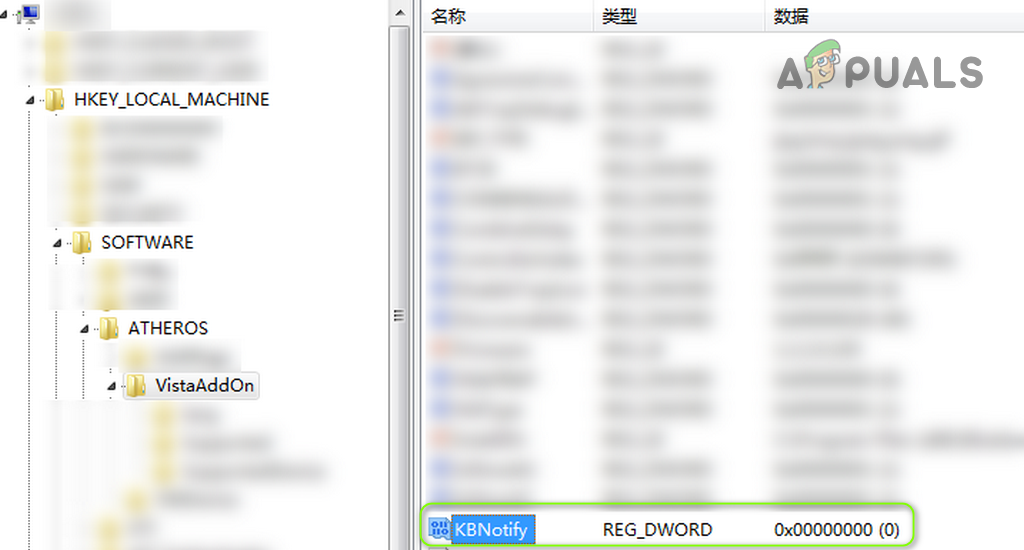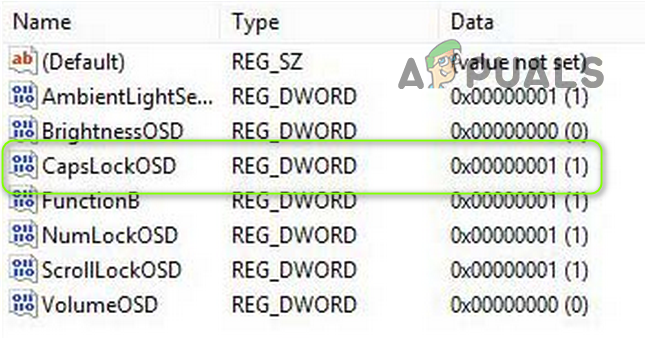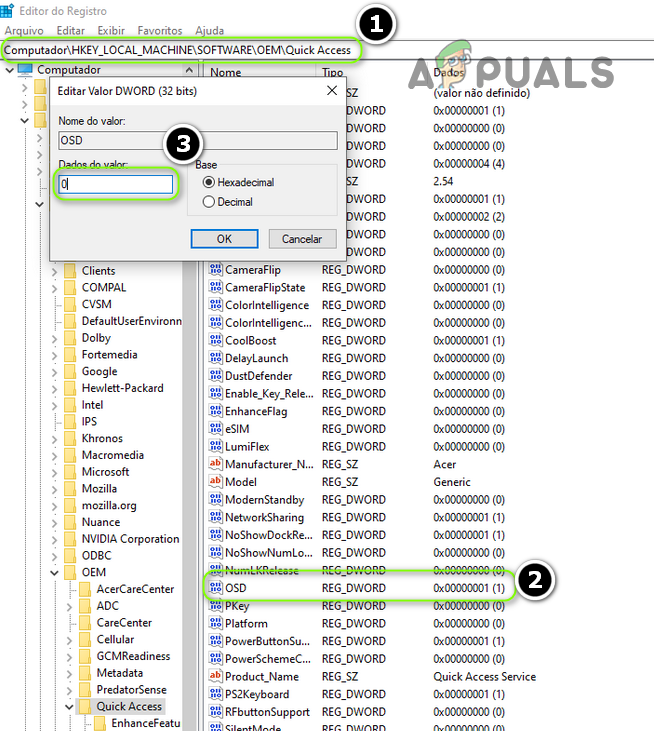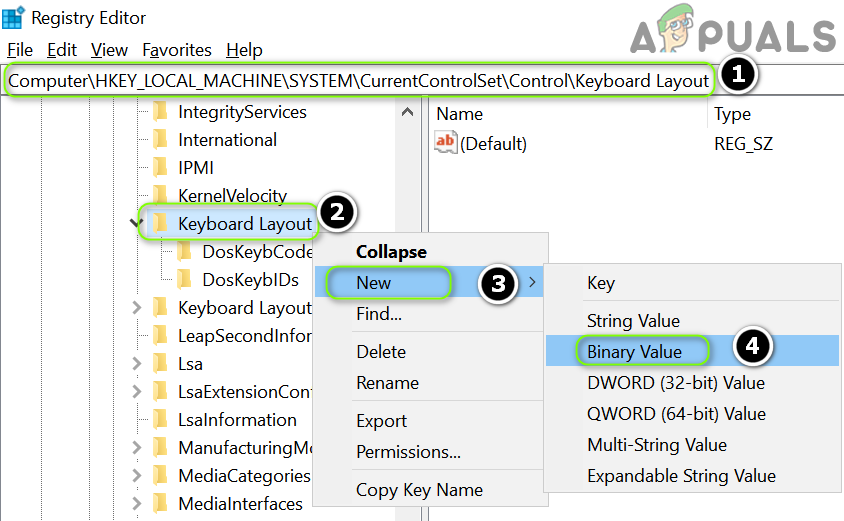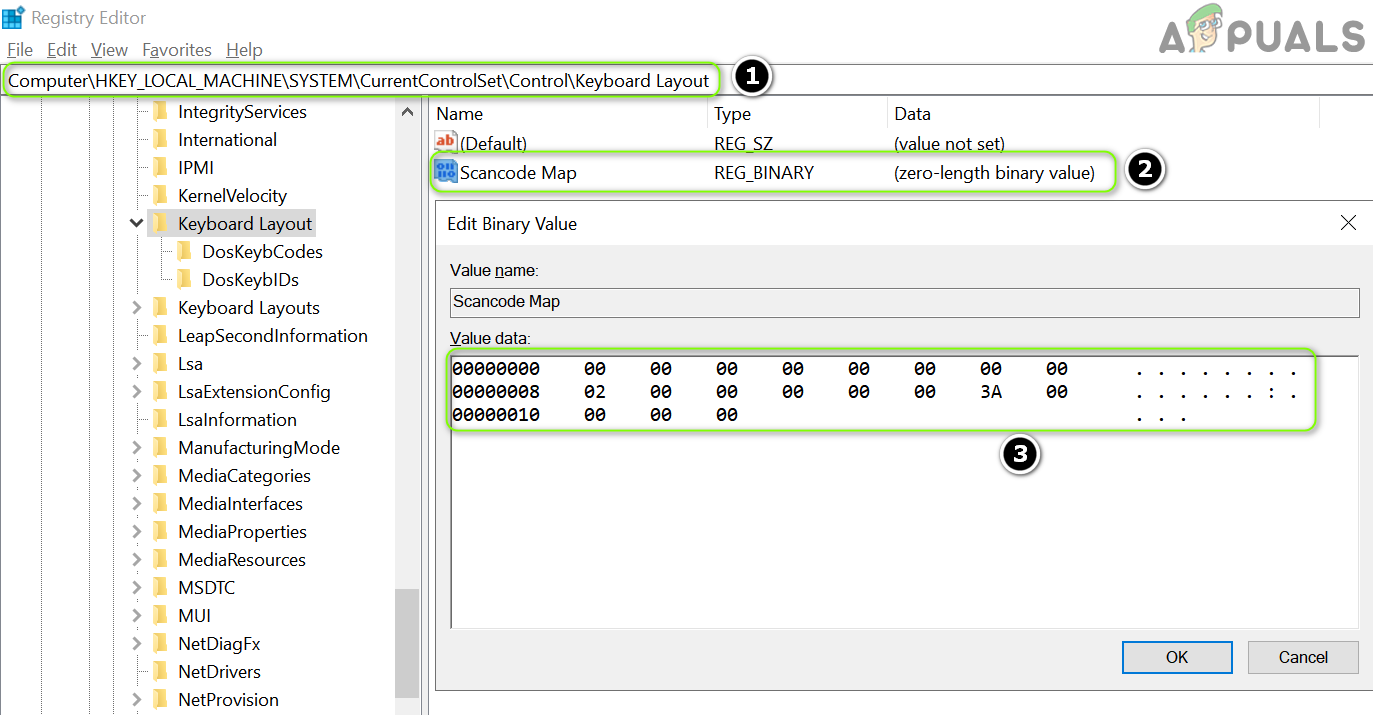The user sees a notification (usually, in the middle of the screen or right-bottom) on the display of his system which changes the focus window (as a result a game may come out of the full-screen mode or the typing in a word document may stop). Before proceeding to turn off screen Caps Lock notification, check if rebooting your system sorts out the problem. Also, check if you can use a toggle key (e.g., Fn»F8) to disable the caps lock notification. You may also check if the issue persists if another keyboard (or On-Screen Keyboard) is used.
Solution 1: Edit the Display Adapter Properties
The Caps lock notification may pop up on the screen if the display adapter is configured to show the notification when the caps lock is enabled/disabled. In this context, disabling the caps lock notification in the adapter properties may solve the problem. But keep in mind this option may not be available to all users.
Solution 2: Edit the Keyboard and Ease of Access Settings
The on-screen notification of caps lock may be shown if your keyboard (or Ease of Access) is configured to show the notification when the caps lock is enabled/disabled. In this case, disabling the caps lock notification in the keyboard (or Ease of Access setting) may solve the problem. But these settings may not be available to all users due to different OEMs.
Edit the Keyboard Settings
Edit the Ease of Access Settings
Solution 3: Clean Boot Your PC
If the above solutions did not work for you, then the issue is most probably caused by an OEM utility (which may be pre-loaded with the system). You may boot your system into the safe mode & then check if the Caps lock notification is received. If the issue does not appear, then you may perform a clean boot of your PC & check if the Caps lock notification appears. If not, then you may enable the disabled processes/applications (during the clean boot process) one by one till you find the problematic one. Once found, then you may try the solutions discussed later in this article to sort out the problem but keep in mind the mileage may vary from user to user due to different OEMs and utilities. Following is the list of applications/utilities reported by the users to create the issue:
Solution 4: Use the Task Manager
After identifying the problematic application/process, you may use the task manager of your system to end its processes (if you temporarily want to disable the on-screen notification).
Solution 5: Edit the Application Settings
Once you have identified the problematic process or application, then the application settings may let us stop the on-screen notification & thus solve the problem. For some utilities, you may right-click on their icon in the system’s tray & simply uncheck the OSD option, which may solve the problem. If the option to disable the notification is greyed out or not functioning, then check if updating, repairing (in Apps & Features), or reinstalling the application sorts out the notification problem.
Solution 6: Edit the System’s Services
The caps lock issue may keep coming back if a system service is triggering the behavior. In this case, disabling the related system services may solve the problem.
Solution 7: Disable the Application at the System’s Startup
If you want to get rid of the annoying on-screen notification but keep it underhand for future use, then disabling it at the system’s boot may solve the problem.
Use the System Configuration
Delete/Rename the Problematic File
If the issue persists, then you may delete/rename the problematic file of the application/process. For illustration, we will discuss the process for hpCaslNotification. If you are an Acer user, then you may rename the Images folder at the following location to solve the problem:
Solution 8: Uninstall the Problematic Applications/Utilities
The caps lock indication is not a Windows feature, either it is a part of a driver package or is included with a utility. You may find the utility causing the issue by clean booting your PC (as discussed in solution 3). If you do not require the application/utility, then you may uninstall the application to solve the problem. For elucidation, we will discuss the process for Logitech Setpoint.
Solution 9: Edit the System’s Registry
If all of the above failed, then you may edit the system registry to stop the caps lock notification. But keep in mind these keys may not be available for all users due to the different OEMs and utilities. Warning: Proceed with extreme caution and at your own risk as editing the registry of your system is a proficient task and if not done properly, you may cause undying damage to your system/data. First, create a backup of your system’s registry and then launch the Registry Editor as administrator. Now check if making the following registry edits and then rebooting your PC solves the problem.
Disable the Harmony Key
Enable QuickSetControl
Disable Keyindication
Disable the KB Notify
If you are not using an Atheros Bluetooth device, then after the Software key, open that device name and set its value to 0.
Disable ShowOSD
Disable CapsLockOSD
Enable NotShowMsgAgain
If you cannot find Energy Manager in the registry, then, in the registry, search for Enable OSD (or EnableOSD). You may also try the Show OSD (or ShowOSD). But make sure to set its value to 0.
Disable Quick Access
Disable Touch Hot Key
Add the Scancode Map Key to the Keyboard Layout
If that seems a bit difficult, then create a new notepad file with the .reg extension and add the following lines to it: Then double-click the file and confirm to add the file to the registry. Now reboot your PC and check if the caps lock issue is resolved. If the issue persists, then check if creating another Windows user account sorts out the problem. If not, you may use a 3rd party utility to stop the notification or map another key as the Caps Lock key. You may also try the Microsoft Mouse and Keyboard Center to disable the caps lock notification.
How to Turn Off Ads and Links on Lock Screen in Windows 10Fix: Could not open lock file /var/lib/dpkg/lockHow to Do Small Caps in Microsoft Word?How to Turn Off Chrome Notifications

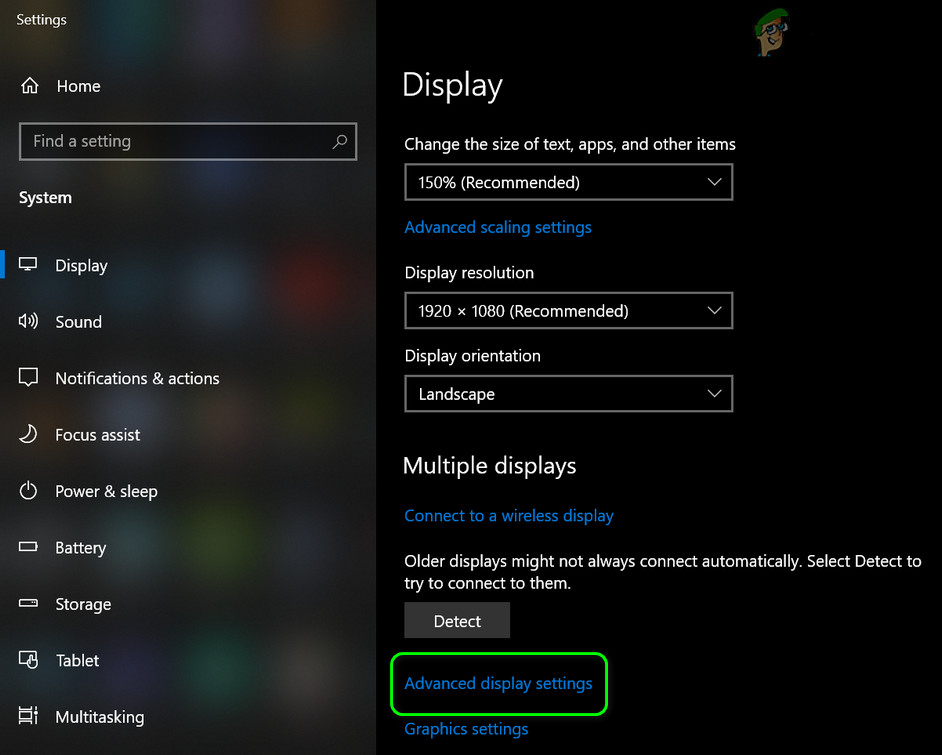
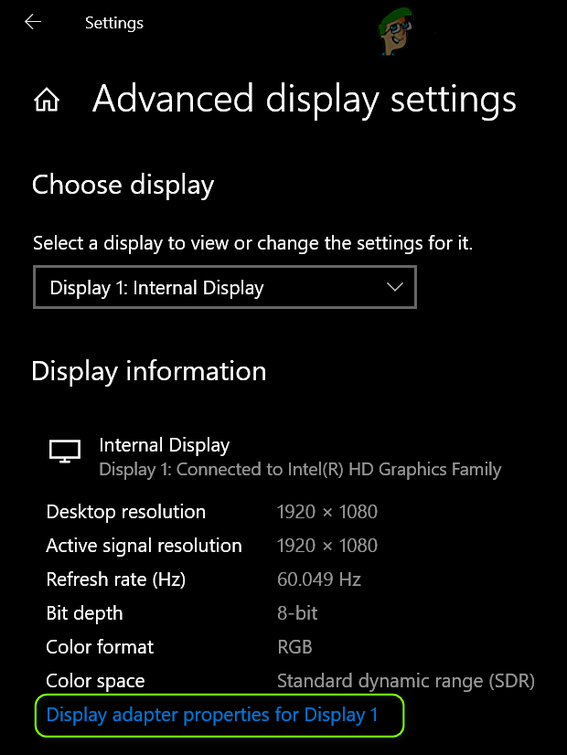
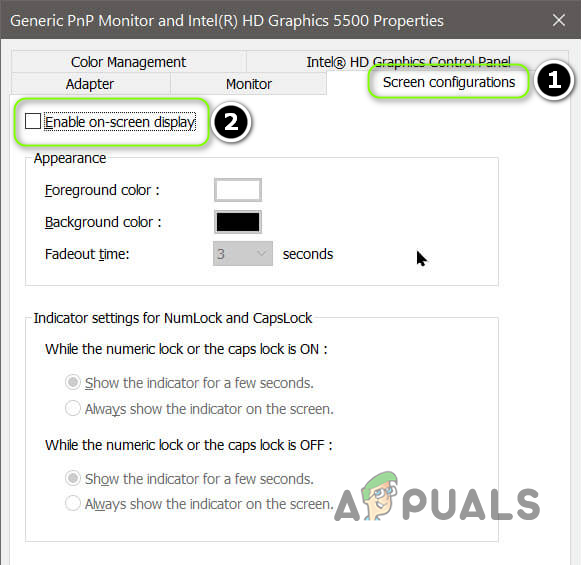
![]()
